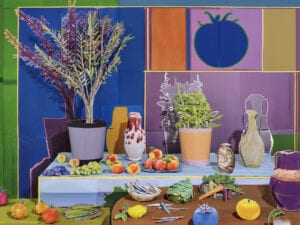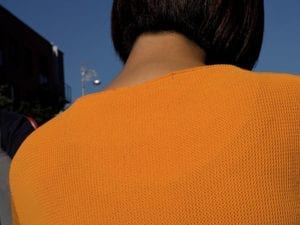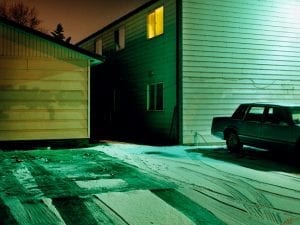Huxley-Parlour, London, brings together a group showcase of the work of 29 photographers reflecting on how they have observed and depicted class, culture and identity in modern Britain since the 1920s until the present day. Presenting a diverse overview of life across the country, the exhibition focuses on how documentation has contributed to the creation of a collective national identity. From social divides and political activism, to globalisation, immigration and environmentalism, An Ideal for Living illustrates the changing face of Britain throughout the 20th and 21st centuries.
Setting the scene with images of the interwar period, Emil Otto Hoppé, Bill Brandt and Henri Cartier-Bresson portray an early preoccupation with documenting the British class system. Notable works in this section include Brandt’s landmark photobook, The English at Home (1936), which casts a satirical look over social divides and notions of English propriety. Moving into the immediate post-war period, Bert Hardy and Thurston Hopkins took up the humanistic approach of Cartier-Bresson to focus on overlooked moments of daily life such as the rebuilding of communities following World War Two.
Next, examining the transition from 1950s austerity to the free-spirited libertarianism of the 1960s, the presentation turns its attention to photographers like Frank Habicht, who sought to depict fashions, trends and political activism, and John Bulmer, Colin Jones and Bruce Davidson, who photographed the delineations between classes with shots of mining communities in the north of England and Wales. Time is also spent with Charlie Phillips’s documentation of the integration of black communities into British towns and cities, and Philip Jones Griffiths’ incisive reportage on the violence during the Troubles in Northern Ireland.
As the popularity and importance of social documentary photography rose in the 1970s and 1980s, many practitioners such as Syd Shelton and Neil Libbert can be seen addressing the consequences of the racist rhetoric espoused by political groups. The widening divide between classes also remains prominent in later works by Chris Killip and Jo Spence, as heavy industries collapsed and poverty struck many working class communities during the Thatcher years.
Running alongside the chronological flow, formal and thematic ties are drawn across the decades: the quirks of British customs shown in Tony Ray-Jones’ photographs from the late 1960s would play a major role in the development of figures like Martin Parr in the 1980s and 1990s, who identified the effects of tourism, consumerism and globalisation on British culture.
Moving into more recent times, Richard Billingham takes on a personal stance by capturing the trials of his alcoholic father in Ray’s a Laugh (2000), while the complex ties between national identity, religion and immigration are addressed in Mahtab Hussain’s work on Muslim communities in the UK. Concluding with a nod to environmentalism, photographers Simon Roberts and James Morris examine the role played by urban and rural landscape in the formation of a country’s identity.
An Ideal for Living, Photographing Class, Culture and Identity in Modern Britain, until 17 September, Huxley-Parlour, London.
More information can be found here.
For the latest news in contemporary art and culture, follow us on Facebook, Twitter and Instagram.
Credits
1. Chris Killip, Helen and her Hoola-Hoop, Seacoal Camp, Lynemouth, Northumberland, 1986. Courtesy of Huxley-Parlour.





